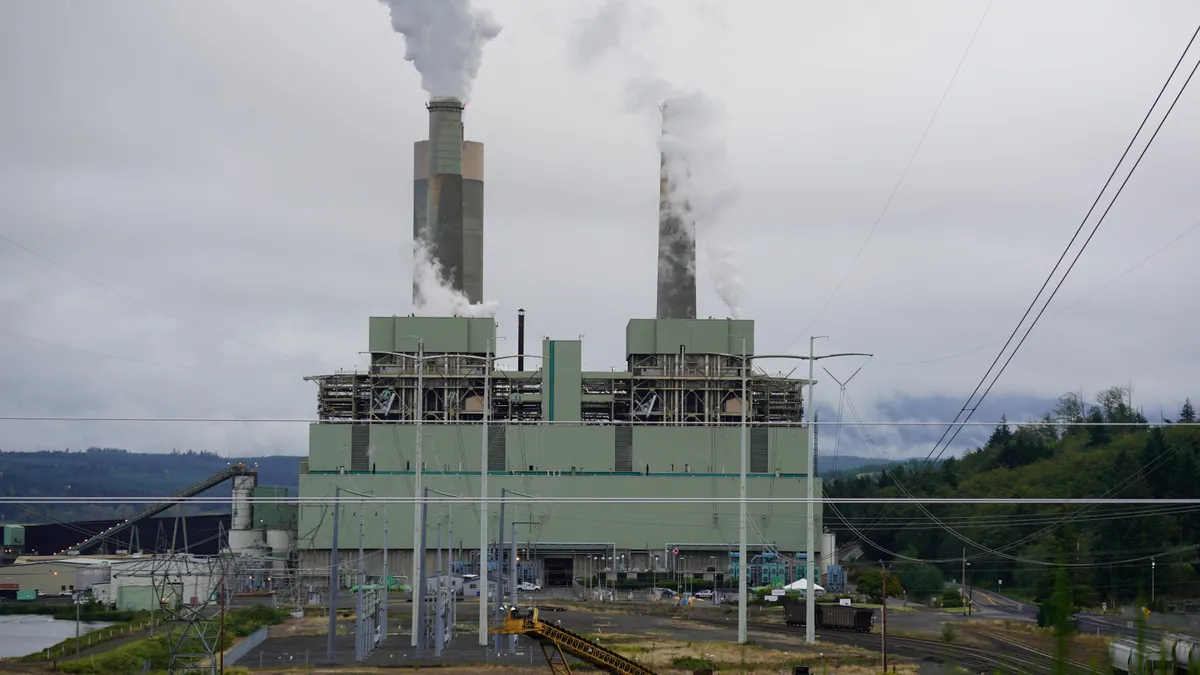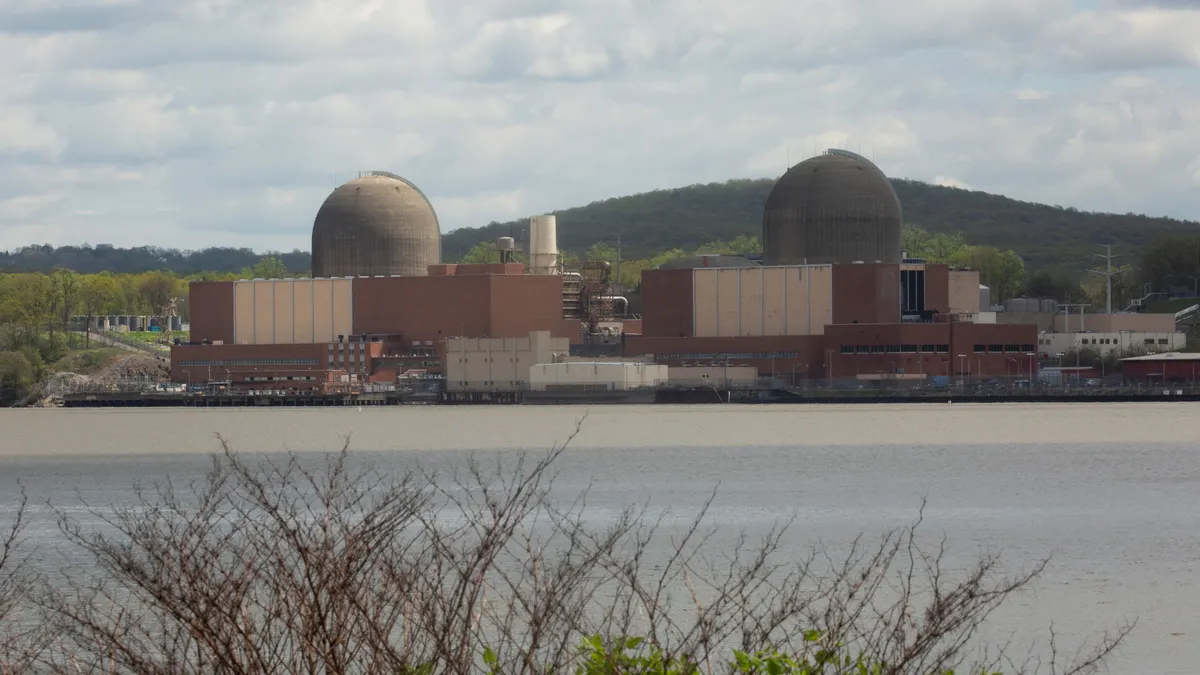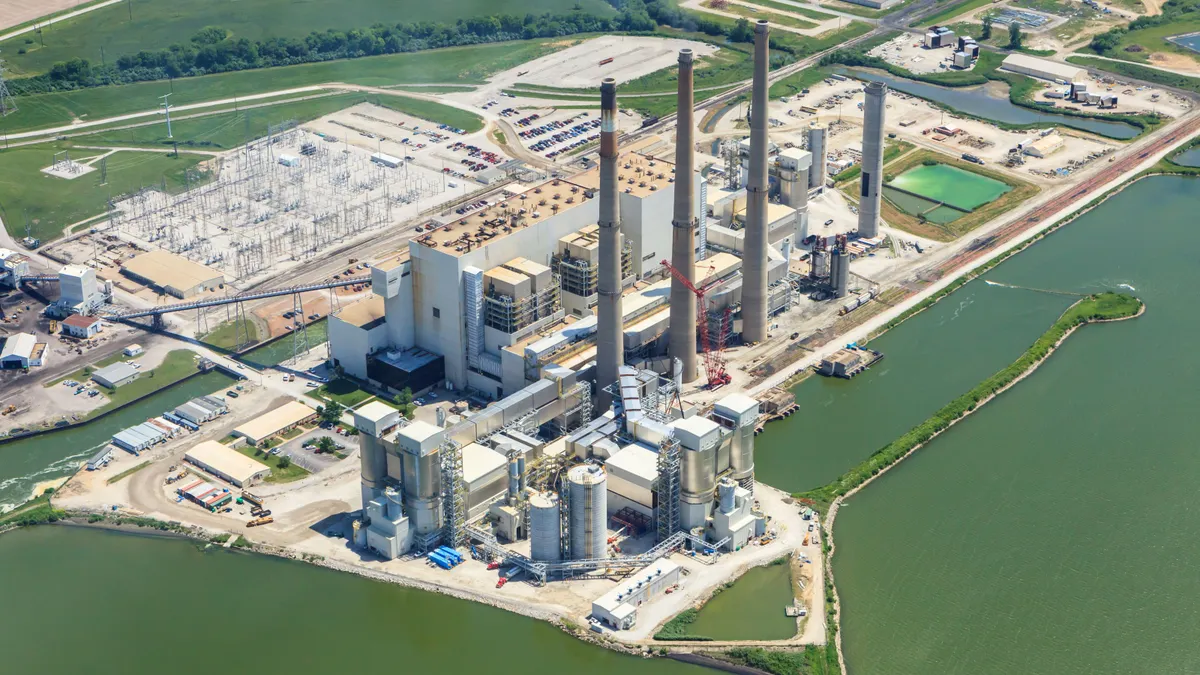Editor's note: The following is a viewpoint from Ray Gifford, former Colorado regulator and partner at Wilkinson, Barker and Knaur law firm.
Ignore all the sectarian sniping and prepackaged posturing so far. The DOE Staff Report on Electricity Markets and Reliability did something remarkable in an age of ideologized energy policy: It made modest observations about the difficulties in electric markets, and made modest suggestions about how things might be improved. The report identified no panaceas to save nuclear, coal and other high-fixed cost baseload plants under current market rules; nor did it pronounce the end of renewables and demand-side efficiency mandates.
It provides a service, however, by showing that the nation’s energy policy goals contradict each other and, are, indeed, often at cross-purposes. The problems arise in energy regulatory policy that presumes to have consonant goals of affordability, reliability and sustainability, but in fact does creates problems. This issue occurs both in the organized markets and vertically integrated regions.
The report’s modesty is its chief virtue. Energy policy is variegated by state, region and political predilection. Gas pipeline-poor New England has different issues and values than wind rich, coal heavy Midwest. The windless, integrated Southeast has different challenges than the market-driven PJM. And the transmission superhighway that is ERCOT has different issues than the transmission challenged Interior West. By taking the issues and setting forth the data on a regional basis, the report makes clear that, while there are some national overarching energy policy issues, state and regional concerns will predominate when it comes to reliability and resource outcomes. And local political economy – what plants are in jeopardy, a given state’s enthusiasm for this or that energy resource – will often overshadow any environmental, economic or other goal.
Baseload power – coal, nuclear and increasingly natural gas-fired plants with high-fixed costs and high capacity factor – face threats to their viability under current market conditions. These billion-dollar assets find it difficult to cover the fixed costs in a market environment with persistently low natural gas prices, generous federal tax credits and state-mandated renewable energy goals.
So, the report notes that, in turn, nuclear, then coal, and finally some natural gas combined cycle (NGCC) plants threaten to, or actually exit, the market. Merchant generators are themselves pronouncing the end of their business model. In response, we have seen states led by New York and Illinois create zero emission credits (ZECs) subsidize favored nuclear plants in their respective states. With lower level courts approving these ZEC plans, other states will follow suit in the name of preserving jobs, tax revenues and baseload power, be it nuclear or coal.
The DOE report does not presume to precisely weight the causes of baseload resources’ stress, but notes that three causes predominate: plentiful, cheap gas issuing from the shale revolution, state renewable portfolio standards and the VRE tax preferences given by the production tax credit and investment tax credit. The report notes that most recent coal retirements coincided with EPA’s 2015 environmental regulatory deadlines, but that in the future coal retirements will likely be driven by market conditions forcing the exit of larger and larger plants.
States may not abide retirements of baseload plants, and continue to step in with prescriptive legislative resource plans or back-door subsidy mandates collectively known as ‘around market’ solutions to retain the viability of these plants in the regional markets.
Where the report does fall short is in critiquing the increasing crazy quilt of mechanisms used to mitigate fundamentally broken price formation in the markets. Wind and solar, because of their tax advantage, are profitable to generators even when prices go negative in the markets. This is not to blame developers and operators from reacting properly to the simulacrum of a market signal to build ever-increasing amounts of wind and solar resources.
However, in turn, this gives rise to regulatory ‘corrections’ within the markets to fix the original tax-created price distortion. Minimum offer pricing rules (MOPR), Essential Reliability Services (ESR), Reliability Must Run (RMR) contracts, not to mention the newly-minted state ZEC mandates, are all attempts to reverse engineer “market” outcomes to achieve an acceptable resource mix, from an administrative or, more likely, political standpoint. At some point, it becomes sheer madness and the “market” reveals itself to be just another central planning framework conducted through the attenuated accountability of RTOs (Regional Transmission Organizations ) with vague superintendence by the Federal Energy Regulatory Commission. As the report notes, price formation in regional markets needs to be truer and closer to an emergent market price. How that is done is a particularly difficult question.
The report nonetheless tees up some issues that the RTO’s and FERC might address as part of a full embrace of the RTO market model: 1) should negative pricing in the RTOs be eliminated?; 2) should/could the PTC/ITC tax advantage be re-imputed through the RTO auction process, or for that matter through individual state resource planning processes? 3). Can diversity of resources itself be valued through a market mechanism, or will states be the primary determiners of a diverse portfolio of resources for reliability and resilience purposes?
The tension between federalism and regional uniformity of markets (excepting New York , NY and Texas) underlies the whole report. How FERC answers, and how states react to, the balance between state prerogatives over generation and federal superintendence of interstate power markets remains an open question that will drive any outcome. Given recent court decisions, that balance now tips toward the states.
Like Mike Campbell going bankrupt in The Sun Also Rises, distress in the markets happens two ways: “Gradually and then suddenly.” For those with long memories, the California electricity crisis holds to this model, as does the first collapse of the merchant generation model in the mid-2000s.
It happened gradually, and then fell apart all of a sudden. The challenge that the report presents to policymakers going-forward is to ensure that the current gradual erosion of baseload and market institutions does not become sudden, with precipitously negative and potentially horrendous outcomes for reliability, commerce and affordability. While FERC is invited to consider revisions to its market rules to better signal emergent, as opposed to politically concocted, prices, states still appear to be at the core of the policy fight.
States feel the political imperatives of energy policy tied to jobs, economics and politically favored resources more closely, as Illinois and New York demonstrate. Moreover, generally states are less willing to accept “market” outcomes that endanger existing supplies, or leave the state dependent on a less diverse portfolio of resources consisting of just gas and VREs.
In different regions across the country, states are embracing policies as various as ZECs, blocking gas infrastructure to increase penetration of VREs, prescriptive replacement of resources through administrative and legislative resource planning, or imposing diverse resource portfolio requirements to assure coal, nuclear, gas and VREs all stay in the mix. The DOE report catalogs these issues and provides some initial suggestions for addressing the issues. In that, it has given the nation and its energy policymakers a valuable report.





















